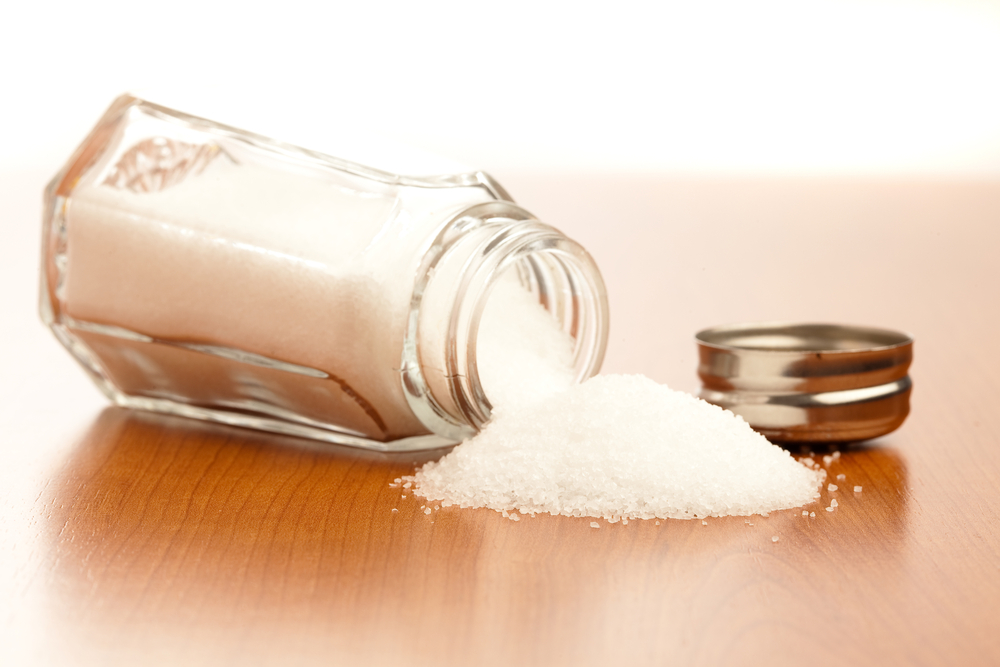How to Reduce Sodium in Your Diet

"The Healthy Geezer" answers questions about health and aging in his weekly column.
In my last column, we discussed sodium in our diets. Today's column is devoted to tips about how to reduce our sodium intake.
High-sodium diets are linked to increased blood pressure and a greater risk for heart disease and stroke. Reducing the amount of sodium you consume can help lower blood pressure or prevent it from developing.
Diet experts recommend a daily consumption of less than 2,400 milligrams (mg), which is the amount of sodium in a teaspoon of table salt. If you have high blood pressure, your doctor may advise limiting yourself to 1,500 mg of sodium a day.
Table salt (sodium chloride) is not the only problem. The main sources of sodium in the average U.S. diet are: 5 percent added while cooking, 6 percent added while eating, 12 percent from natural sources and 77 percent from processed foods.
About 9 out of 10 Americans consume too much sodium. Americans on average consume 3,436 mg sodium daily. How can you cut down?
When you buy prepared and packaged foods, read the "Nutritional Facts" panel for the amount of sodium. Some products also include sodium terms.
Sign up for the Live Science daily newsletter now
Get the world’s most fascinating discoveries delivered straight to your inbox.
Here's what they mean: "sodium-free," less than 5 mg per serving; "very low-sodium," 35 mg or less per serving; "low-sodium" 140 mg or less per serving; "reduced sodium, "25 percent less sodium than usual; "lite or light in sodium," 50 percent less sodium than the regular version; "unsalted," "no salt added" or "without added salt," contains only the sodium that's a natural part of the food.
The U.S. Food and Drug Administration says that a food that claims to be "healthy" must not exceed 480 mg sodium. "Meal type" products must not exceed 600 mg sodium.
Here are more tips:
- Decrease your use of salt gradually. As you use less salt, your preference for it diminishes.
- Keep the salt shaker off the table.
- Buy fresh, plain frozen, or canned "with no salt added" vegetables.
- Use fresh poultry, fish, and lean meat, rather than canned or processed types.
- Use herbs, spices, and salt-free seasoning blends.
- Cook rice, pasta, and hot cereals without salt.
- Cut back on flavored rice, frozen dinners, pizza, packaged mixes, canned soups and packaged salad dressings.
- Rinse canned foods, such as tuna, to remove some sodium.
- Select unsalted nuts or seeds, dried beans, peas and lentils.
- Limit salty snacks like chips and pretzels.
- Add fresh lemon juice instead of salt to fish and vegetables.
- When eating out, ask your server about reducing sodium in your meal.
- Remove salt from recipes whenever possible.
- Cut down on sodium-rich condiments such as soy sauce, ketchup, mustard and relish.
If you would like to read more columns, you can order a copy of "How to be a Healthy Geezer" at http://www.healthygeezer.com
All rights reserved © 2012 by Fred Cicetti









